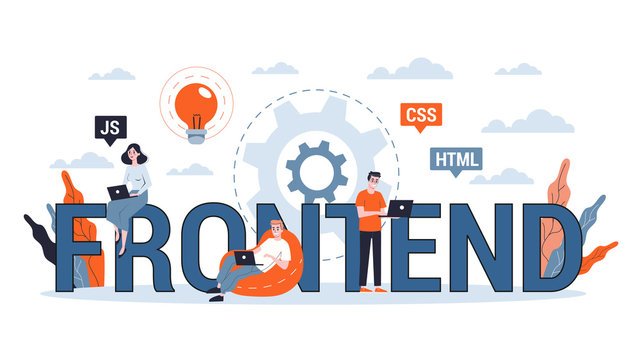Front-End Programming: Essential Foundations and Practices
Front-end programming is one of the main disciplines in web development, focusing on creating user interfaces (UI) and user experiences (UX) for websites and web applications. It involves using various technologies and languages to build and style web pages, ensuring they are interactive, accessible, and responsive.
HTML
HTML (HyperText Markup Language) is the backbone of any web page. It provides the basic structure of the page, using a series of elements like div, p, a, and many others to define headers, paragraphs, links, and other components. The semantics of HTML are crucial for accessibility and SEO (Search Engine Optimization), as they help search engines and screen readers understand the content of the page.
CSS
CSS (Cascading Style Sheets) is used to style HTML. It allows developers to apply styles such as colors, fonts, spacing, layout, and animations. CSS can be written directly in the HTML file, but it is usually kept in separate files for better organization. Modern techniques like Flexbox and Grid Layout make it easier to create complex and responsive layouts, automatically adjusting to different screen sizes.
JavaScript
JavaScript is the programming language that brings interactivity to web pages. It enables the creation of dynamic features like sliders, interactive forms, and asynchronous data loading (AJAX). Libraries and frameworks like jQuery, React, Angular, and Vue.js enhance productivity and facilitate the development of complex applications. ES6 (ECMAScript 2015) introduced significant improvements to the language, such as classes, modules, and arrow functions.
Tools and Workflows
Front-end developers use various tools to increase efficiency and code quality. CSS preprocessors like SASS and LESS allow writing CSS in a more dynamic and organized way. Build tools like Webpack and Gulp help automate tasks such as file minification, JavaScript transpilation (using Babel, for example), and live reloading. The use of version control systems like Git is essential for managing code changes and collaborating with other developers.
Responsiveness and Design
A crucial aspect of front-end development is ensuring that websites are responsive, meaning they work well on a variety of devices, from desktops to smartphones. Media queries in CSS allow applying different styles based on the device's screen size. CSS frameworks like Bootstrap and Foundation provide a solid foundation for developing responsive layouts, including ready-to-use components and a flexible grid system.
Accessibility
Web accessibility is the practice of ensuring websites are usable by people with various abilities and disabilities. This involves using good semantic HTML practices, providing alternative text for images, and ensuring all functionalities can be accessed via the keyboard. Tools like WAVE and Lighthouse help evaluate and improve site accessibility.
Performance
Performance is a critical factor for user experience. Techniques to optimize performance include minifying CSS and JavaScript files, using optimized images, implementing lazy loading for non-essential elements, and utilizing Content Delivery Networks (CDNs). Google PageSpeed Insights and other performance analysis tools help identify and resolve issues that may affect page loading speed.
Security
Although web security is often associated with the back-end, there are important considerations for the front-end as well. Client-side input validation, using HTTPS to encrypt data in transit, and implementing security policies like Content Security Policy (CSP) are fundamental practices. Additionally, avoiding insecure practices like including scripts from untrusted sources helps protect against attacks such as Cross-Site Scripting (XSS).
Trends and Future
The field of front-end programming is constantly evolving. Emerging technologies like WebAssembly are opening new possibilities for web application performance. The use of Progressive Web Apps (PWAs) is growing, allowing websites to offer functionalities similar to native apps. Additionally, the development of Single Page Applications (SPAs) continues to be popular, providing a more fluid and interactive user experience.


Congratulations @devferri! You have completed the following achievement on the Hive blockchain And have been rewarded with New badge(s)
Your next target is to reach 100 upvotes.
You can view your badges on your board and compare yourself to others in the Ranking
If you no longer want to receive notifications, reply to this comment with the word
STOPCheck out our last posts: